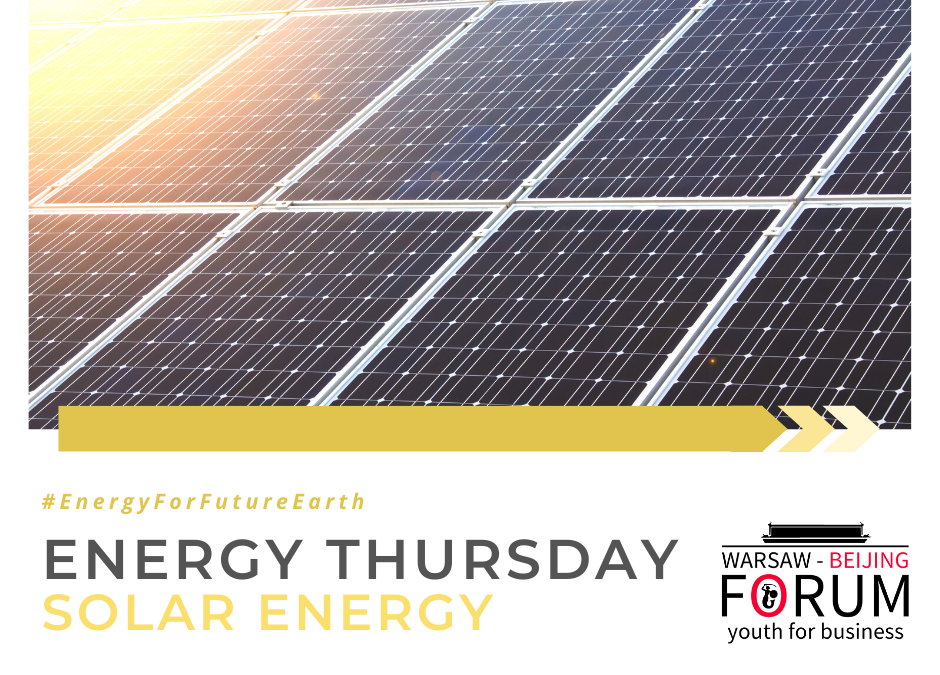China is the world leader in developing renewable energy solutions, including solar energy. They produce far more energy from solar panels than any other country in the world, they are also the leader when it comes to capacity. In 2019, China had 204,7 GW cumulative capacity installed, accounting for almost one-third of the global PV installed capacity. The renewable energy sector develops dynamically, although solar is still a small proportion of the country’s overall energy mix (about 5%).
Chinese solar plants are enormous. The biggest one – Longyangxia Dam Solar Park – consists of nearly 4 million photovoltaic panels and has the area of 27 square kilometres. Its nameplate capacity is 850 MW. The biggest floating farm is also located in China. It was built on top of an abandoned coal mine. It is situated in Huainan in a former coal area in the Anhui province. One of the most impressive projects, though, is a plan to build 100 panda-shaped solar energy farms along the route of the ambitious Belt and Road Initiative. One of them has been already built by Panda Green Energy in Datong, Shanxi.
One of the most ambitious Chinese plans is to build the world’s first solar power station in space. A solar power system orbiting the Earth could obtain the energy of the sun’s rays without disruption from atmospheric conditions and pollution or loss of sunlight at night. The energy would be wirelessly transmitted back to the Earth. The receiving station is planned to be built in Xi’an.
China is also a major producer of solar panels and photovoltaic cells in the world. The majority of its production is to be exported. The biggest markets were the EU countries and the USA. These exports, however, faced a backlash from local producers, who claimed that the Chinese companies were illegally favoured. In May 2012, the United States Department of Commerce established anti-dumping and anti-subsidy duties on panels imported from the PRC. The EU imposed anti-dumping and anti-subsidy measures for Chinese solar panels, wafers and cells in 2013. The restrictions finally came to an end on 3rd September 2018.
Author:
Julia Antosiewicz


Recent Comments